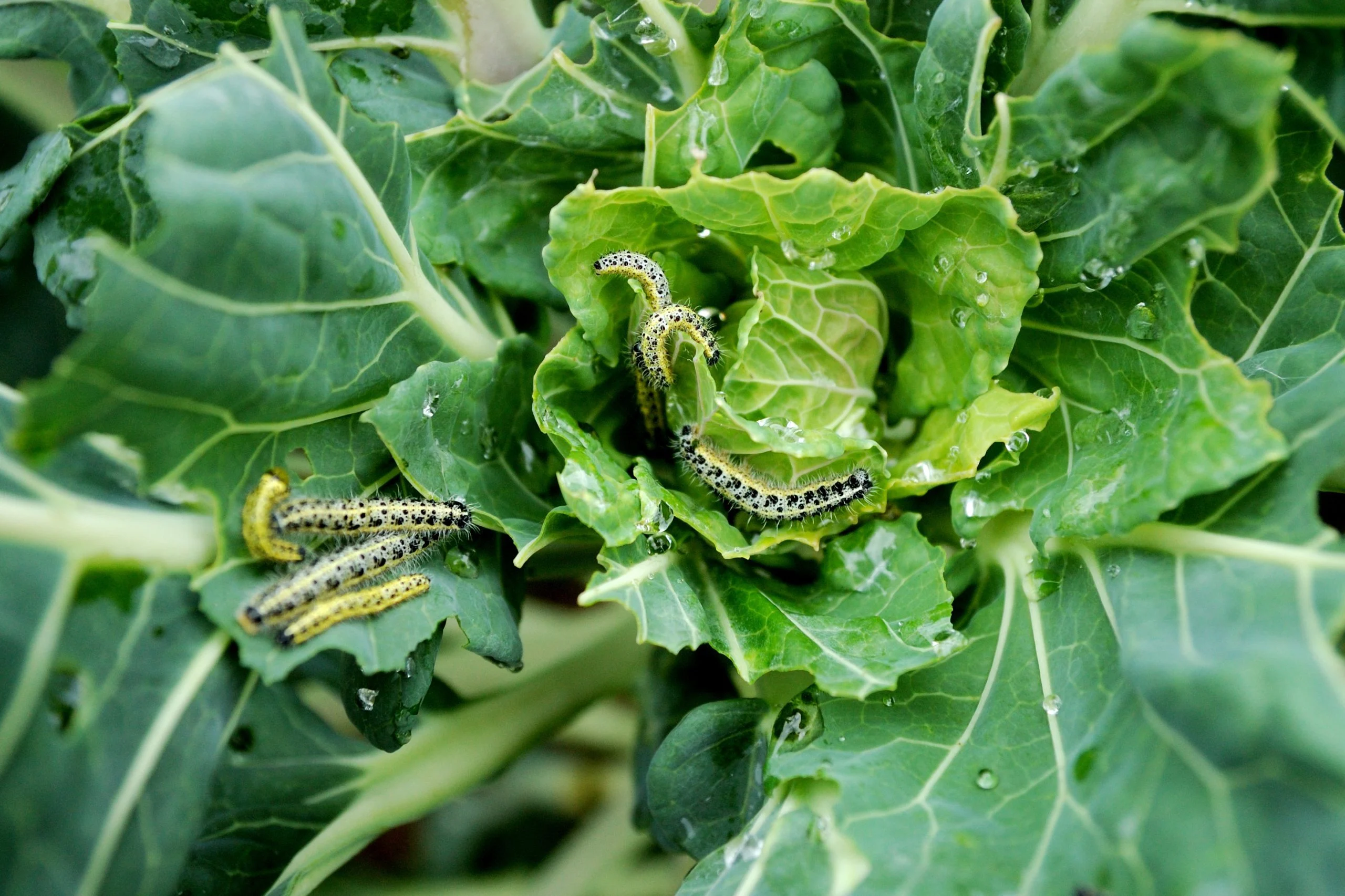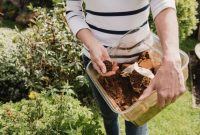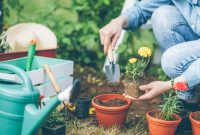get started
Gardening is fun and rewarding, but it can sometimes be difficult, especially when there are insects around. This complete guide describes how to find and eliminate garden pests. This article will give you a complete plan to protect your green paradise, from finding the attacker to taking effective control measures.
Why looking for pests is important
The first step in controlling pests is finding them. Understanding the different types of pests that can end up in your garden can help you find specific ways to eliminate them. Whether it’s a common insect or a hard-to-find fungus, a thorough labeling approach will ensure your protection plan is just right.
Ladybugs and lacewings: what they do
Beneficial insects are very important in getting rid of pests. You may want to learn how to add ladybugs and lacewings to your garden to repel pests.
Use companion plants to eliminate pests
Some plants repel pests naturally. Learn the secrets of cooperative planting and how choosing your plant placement wisely can significantly reduce pest problems.
Natural ways to get rid of pests
Organic pest control methods are an option for those who want to do something better for the environment. Find out how neem oil, diatomaceous earth and other natural remedies can help you eliminate pests without harming the environment.
DIY ways to keep kitchen supplies pest-free
Your kitchen can be the key to pest control. Learn how to make a simple but effective insecticide using common household items. These DIY options not only save you money, they’re also safe for your plants and the world.
Let in predatory insects
It is very important to keep the environment in order. Learn about the insects that eat other insects and how to get them to come to your garden. You don’t need to use dangerous drugs to control pest populations when these species are present.
A complete guide to finding and removing garden pests
To deal with different types of plant pests, you need to know a lot about them. This section describes the different types of insects, from insects to diseases, and how to eliminate them successfully.
a small pest called an aphid
If you don’t remove aphids, they can cause a lot of damage to your plants. Learn how to identify these tiny pests and discover chemical and natural ways to eliminate them from your garden.
How to recognize and treat fungal infections
Gardens are often at risk because fungi can quickly spread diseases. Find out what fungal diseases look like and how to keep your plants healthy through prevention and treatment.
Rodents in the garden: how to deal with uninvited guests
Rats can be an ongoing problem. Find gentle ways to keep them away and keep your garden safe without using poisons or traps that will harm them.
Frequently Asked Questions
How do I know which insects are in my garden?
Regular inspections are necessary to detect pests. Look for spots that are a different color than the rest of the leaves or insects you can see. For proper identification, use online tools or talk to a growing expert in your area.
Are chemical pesticides suitable for my plants?
Chemical pesticides work, but they damage the soil and the good insects. For a greener approach, consider using natural options such as neem oil or introducing natural enemies.
Why and how do you grow it with other plants?
If you put plants together, they help each other grow or repel pests. This is called companion planting. For example, marigolds can be placed to keep nematodes away from nearby plants.
How do I get ladybugs to come to my garden?
Dill, fennel and coriander are plants that ladybugs love. These beneficial insects can be attracted by planting them next to crops that may be infested with pests.
Can I use homemade insecticides on all my plants?
Many home remedies containing pesticides are safe for many different plants. But it’s best to try it on a small scale first to make sure it works before using it everywhere.
What should I do if I see signs of a fungal infection on my plants?
A quick response is very important. Remove infected parts of the plant, provide adequate air circulation and use a sterilization treatment.





